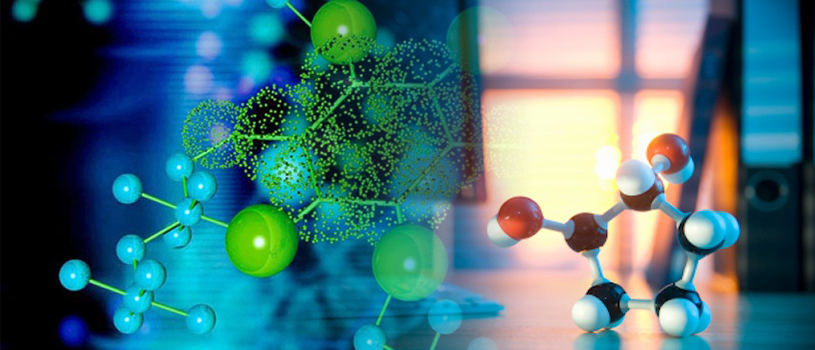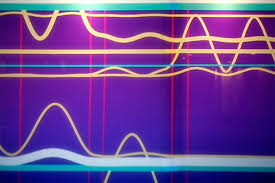
The scientists adapted a solar panel that not only generated power, but used some of the heat energy to distill and purify sea water. The idea could make a major difference in sunny climates with limited water supplies.

The Western Australian town of Kwinana installed nets on 750mm and 450mm-diameter concrete drainage pipe outlets. It was instant success.

Researchers have discovered a revolutionary and cheap way to make filters that can turn water contaminated with heavy metals into safe drinking water in a matter of minutes.

By draping black, carbon-dipped paper in a triangular shape and using it to both absorb and vaporize water, researchers have developed a method for using sunlight to generate clean water with near-perfect efficiency.

World Water Day is drawing attention to the growing threat of water scarcity. Some countries are making the most of every drop they use – but others are still squeamish about reusing wastewater.

By the end of the year, the 1.4 million-square foot, 61-story skyscraper will boast the largest commercial "blackwater" recycling system in the United States.

A type of bacteria accidentally discovered during research could fundamentally reshape efforts to cut the huge amount of electricity consumed during wastewater clean-up. The discovery has upended a century of conventional thinking.

Researchers from the University of Edinburgh have developed a photocatalytic material that purifies drinking water using the power of the sun.

A new device created harnesses the sun's light to disinfect water in 20 minutes flat.